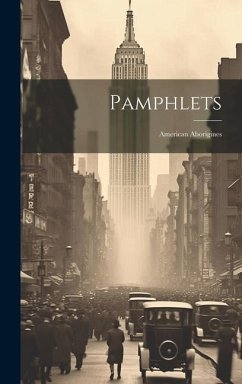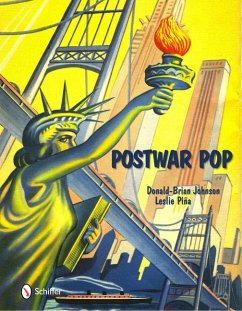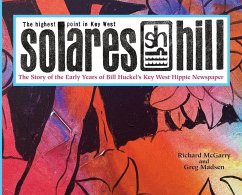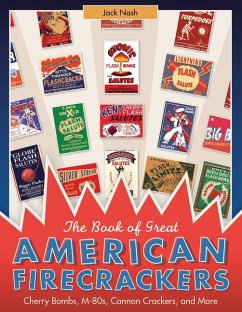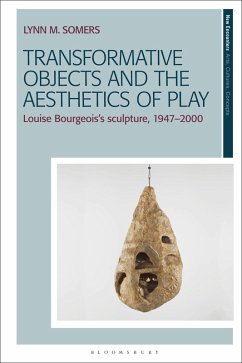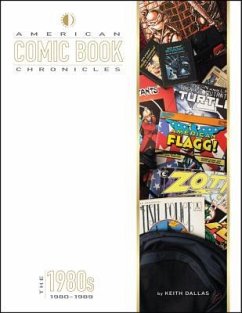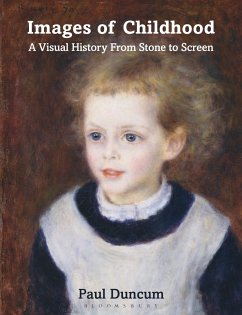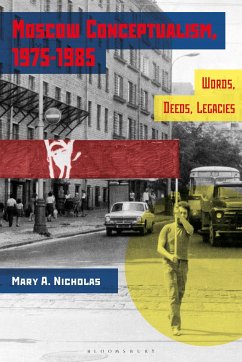Nicht lieferbar
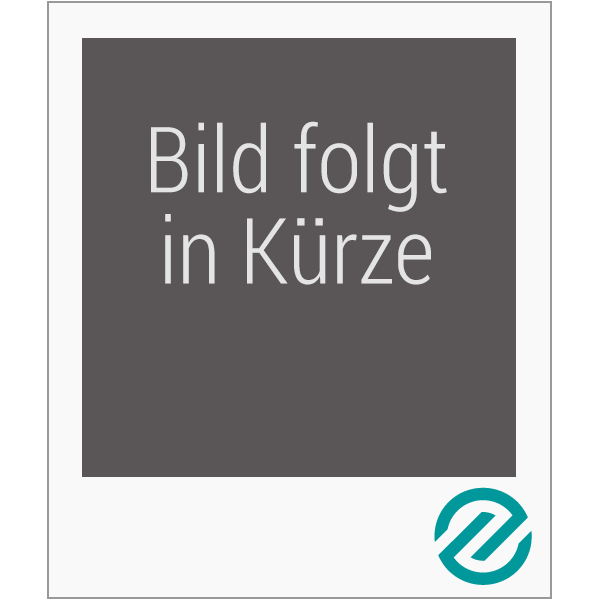
American Artists in Postwar Rome
Art and Cultural Exchange
Herausgeber: Hecker, Sharon
Versandkostenfrei!
Nicht lieferbar
"Drawing on unpublished archival sources, this book reconstitutes the experiences of a wide range of American artists, critics, and writers working in Rome in following World War Two. It presents a case-study based investigation into the reciprocal relationship between American modernist artists and Italian artists, revealing how these artists perceived Rome as an alternative to New York, attracting the likes of canonical figures like Lee Bontecou, Philip Guston and Robert Rauschenberg, alongside less well-known artists, such as Barbara Chase-Riboud, William Congdon, and Claire Falkenstein, am...
"Drawing on unpublished archival sources, this book reconstitutes the experiences of a wide range of American artists, critics, and writers working in Rome in following World War Two. It presents a case-study based investigation into the reciprocal relationship between American modernist artists and Italian artists, revealing how these artists perceived Rome as an alternative to New York, attracting the likes of canonical figures like Lee Bontecou, Philip Guston and Robert Rauschenberg, alongside less well-known artists, such as Barbara Chase-Riboud, William Congdon, and Claire Falkenstein, among many others. It also establishes the entangled social networks, galleries and institutions sustaining their work and providing entrâee into local artistic circles"--




